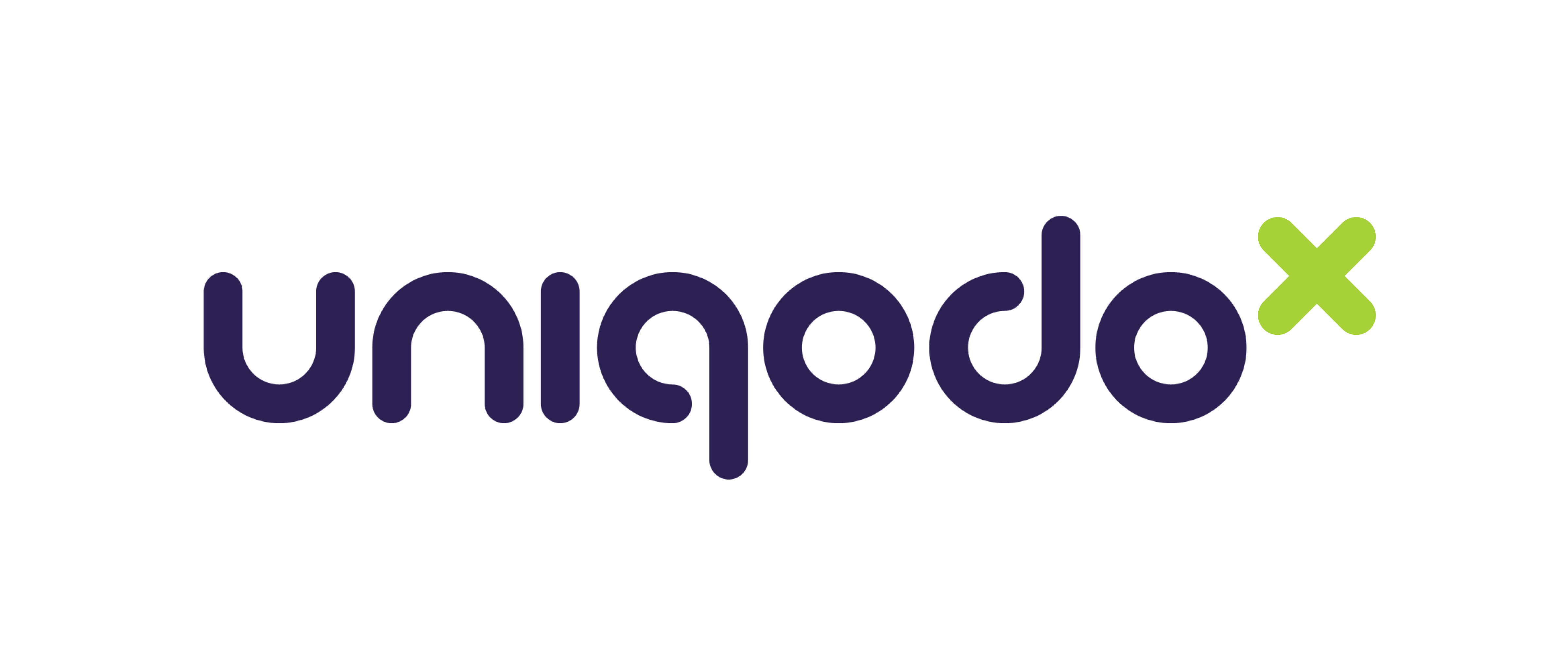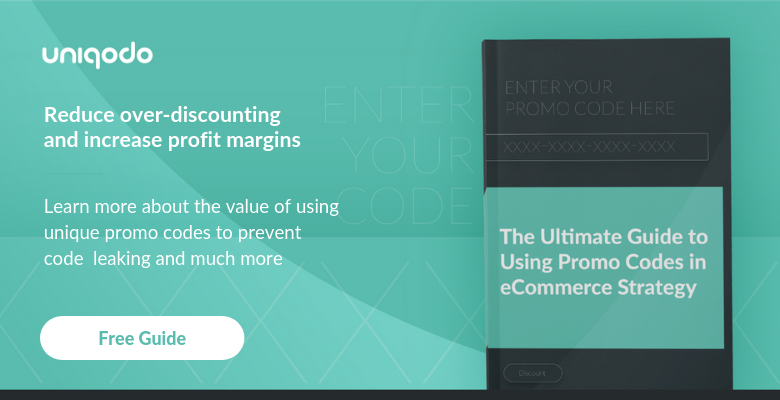For those in the travel industry, the first quarter of the year is a busy period. This is the time when people are ready to start thinking about their holidays for the next year, and they want to grab flights and accommodation while there are still many options available. This means it’s a vital time to try to sway those customers with great bargains who think they might find a better deal elsewhere!
Fortunately, living in the age of travel eCommerce allows digital travel agents and high street brands alike to do exactly that. Let’s look at some ways in which travel companies can use eCommerce to their advantage.
Deliver seasonally strategic deals that reduce your costs
The problem with seasonality is that the travel sector has historically been forced to take the rough with the smooth — resigning itself to highs and lows in consumer demand throughout the year. However, eCommerce can be a great leveller when used in conjunction with digital marketing strategies.
Travel businesses can offer attractive discounts to customers on destinations which traditionally don’t see much out of season traffic. These can be delivered as irresistible prospects in customers’ email inboxes or even follow them around throughout their online experience via remarketing.
These help to fill seats on planes and rooms in hotels, reducing operational costs for your partners and you. Everybody wins.
Use dynamic social media ads
Social media is a huge part of most people’s online experience and if you want to target deal-hungry travel enthusiasts, their social feeds are the best place to target them. Marketing your unmissable deals on platforms like Facebook and Instagram as well as leveraging Google Ads are all essential for travel marketing. Other platforms like Pinterest should also be seriously considered because it has a sizable and very active user base and the majority of users deem the content they see from brands to be useful to them.
However, a comprehensive social media marketing campaign should also include Facebook dynamic ads. Facebook travel ads are a form of dynamic ads which show ads across multiple devices not just on the Facebook platform but on Instagram and Audience Network, which targets customers across the internet.
Make cross-device research easier
Gone are the days when the whole family would gather around a desktop computer to research and book their next holiday online. Today, the average household has numerous internet-ready devices which they will use throughout the research phase of their customer journey.
As such, travel brands must do their utmost to ensure that their marketing efforts are consistent across multiple platforms and devices so that customers never get a chance to forget the great deals which are at their fingertips.
Partner with third party sites for better market access
Market access is an extremely high priority for the travel sector, especially for smaller travel companies just starting to make their name in the online travel market. While online booking, and particularly mobile booking, are increasingly commonplace, there are still many who are slow to trust unproven brands when it comes to their travel plans.
This is why it’s so important to partner with trusted third party sites like Trivago and Booking.com. They can prove invaluable in getting your deals in front of more potential customers and supplement your existing marketing efforts. What’s more, when customers access your offers through these sites, you’re piggybacking on the trust and familiarity of these third party sites. And when they commit to book, you can continue to wow them with great deals delivered straight to their inbox so that they’ll go straight to you for their next trip.
This brings us to...
Leverage single-use promotional codes to get shoppers off the fence
Offering promotions and discounts is a great way to motivate customers to book with you during this seasonal spike. However, the trouble with discounts is that they lack immediacy and personalisation, two things that are very important in getting fickle customers to commit to book.
However, when you invest in the software to generate and distribute unique single-use promo codes, you can offer customers a little something extra special that’s more likely to motivate them to buy and add value to the user experience.
Deliver personalised discounts
One of the great things about single-use promotional codes is that they can be tailored to a customer’s previous interactions with your brand, whether they’ve booked with you before, made a shopping cart which they’ve since abandoned, or kept coming back to a particular page or product on your website.
Target cart abandonment with scarcity marketing
Speaking of shopping carts, the travel industry has some of the highest shopping cart abandonment rates of any branch of eCommerce. The main reason why shoppers abandon carts is because they feel that they could get a better deal elsewhere. Scarcity marketing tactics, however, reassure them that the best deal is the one right in front of them.
Scarcity marketing tactics include using time limits on discounts and offering diminishing discounts which are reduced the longer customers drag their feet.
A great deal can lure a customer back to an abandoned cart… but be wary of overusing this tactic. You don’t want to condition your customers to routinely abandon their carts in the hopes of getting great deals.
Get travel bloggers and social influencers on board
Trust is a powerful motivator when it comes to the travel sector. Travel businesses often struggle to establish themselves as the best deal on the market to risk averse customers. One of the great things about single-use promo codes is that they allow travel brands to reach out to travel bloggers, vloggers and influencers whose word their customers trust.
By giving these influencers their own discount codes, travel companies can introduce a whole new audience to their brand and lure them in with great promotional deals. And because influencers’ codes are trackable using the software used to create them, brands can easily ascertain which influencers are working hardest for them.
Experiment with bundles and deals
Unique promo codes are a great way to experiment with different combinations of products (e.g. flights, hotel stays and car rentals) or try out different deals using AB testing. Brands can track the efficacy of different promo codes to see which resonate the most with their customers.
Leverage the right eCommerce tools
With eCommerce, you can ensure both new and existing customers are exposed to your great deals. When properly leveraged, the right eCommerce tools can help travel brands snag those customers away from going with your competitors’ latest deals and instead book their next holiday with you! Give them a great booking experience and they’ll become a loyal customer for the future too.





Subscribe to the Blog